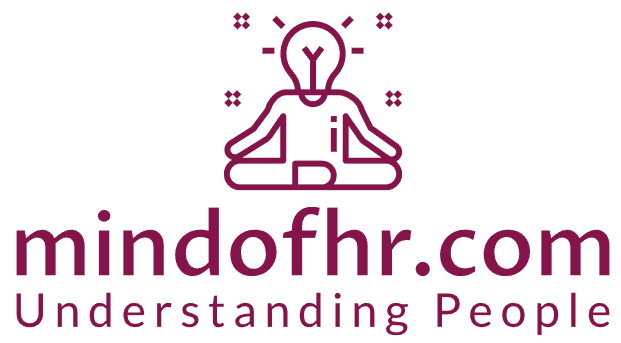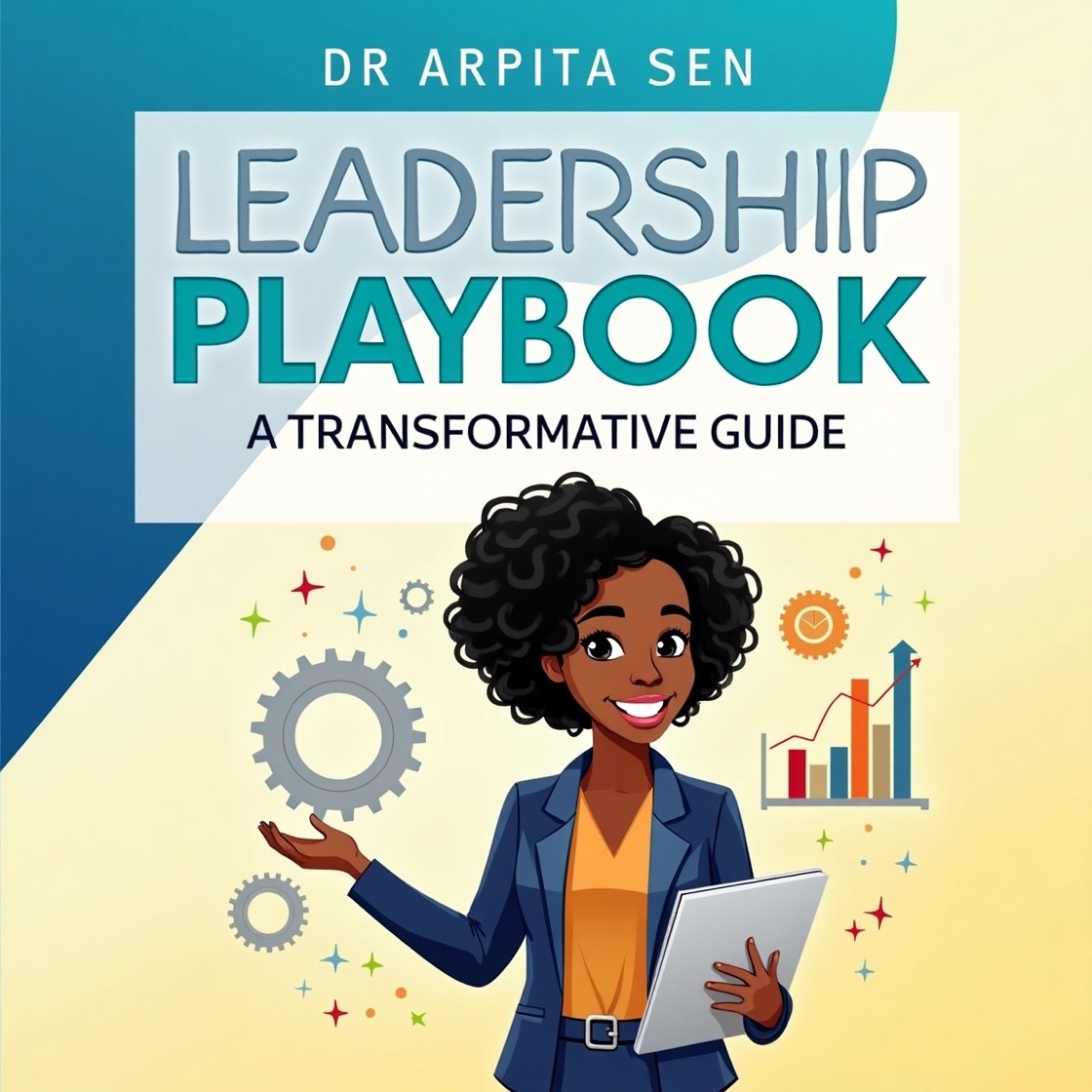Picture a bustling Victorian-era workplace, where the clatter of machinery echoes through the industrial halls and the air is thick with the scent of progress. While Queen Victoria reigned over a society marked by innovation and transformation, what if, amidst the steam engines and corseted gowns, Human Resources (HR) professionals had existed to navigate the intricate challenges of the time? In this fanciful exploration, we envision how HR might have woven its magic to address workplace dilemmas and uphold the virtues of the Victorian era.
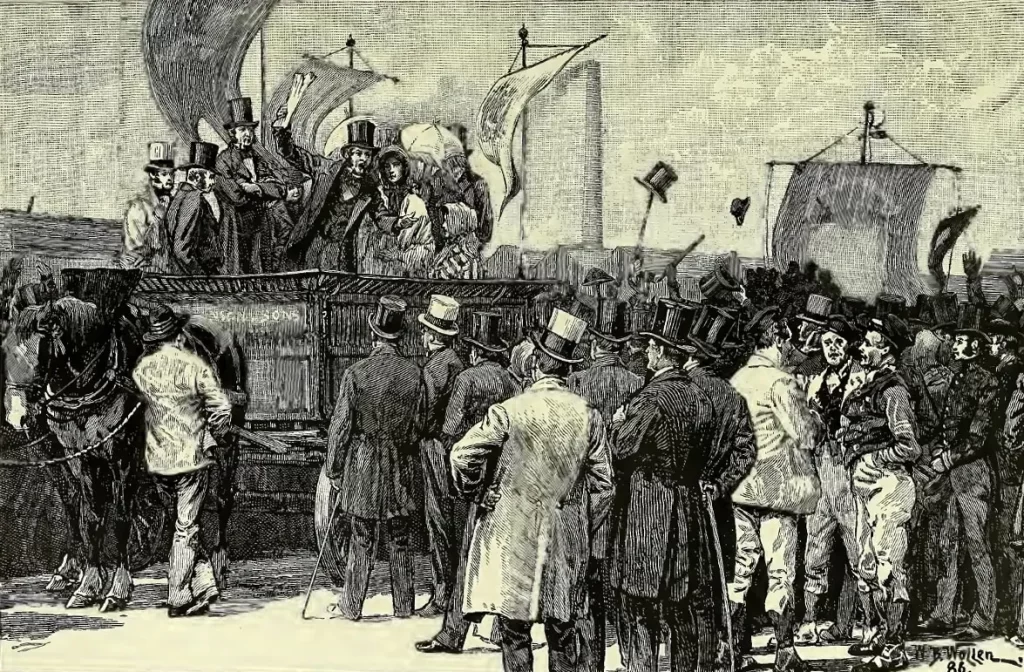
Scenario 1: “Safety Sentries”
Amidst the clanging machines and hissing steam, our visionary HR professional emerges as a “Safety Sentry,” championing the well-being of the workforce. Armed with a top hat and a compassionate spirit, they orchestrate safety reforms, ensuring that the workplace becomes a haven of protection. From implementing safety measures to organizing informative sessions on health and hygiene, the Safety Sentry becomes a beacon of employee welfare in a hazardous landscape.
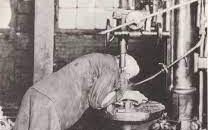
Scenario 2: “Mediation Maestros”
In a world where etiquette was paramount, workplace conflicts could disrupt the delicate balance of social harmony. Enter the “Mediation Maestros” of the Victorian HR realm, gracefully resolving disputes and restoring order. These HR figures, akin to social choreographers, delicately waltz through interpersonal conflicts, employing the art of mediation to foster workplace serenity and camaraderie.
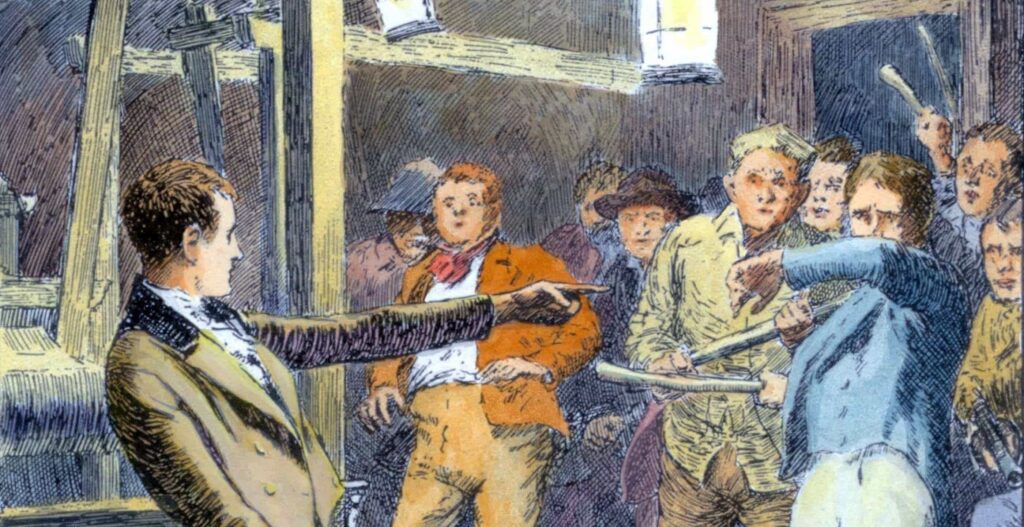
Scenario 3: “Knowledge Knights”
As the Industrial Revolution reshapes the workforce, our HR heroes transform into “Knowledge Knights,” wielding the power of education and enlightenment. With a quill in hand and an earnest commitment to progress, they identify skill gaps, organize workshops, and ensure that employees are equipped with the knowledge to navigate the evolving landscape of technology and industry.
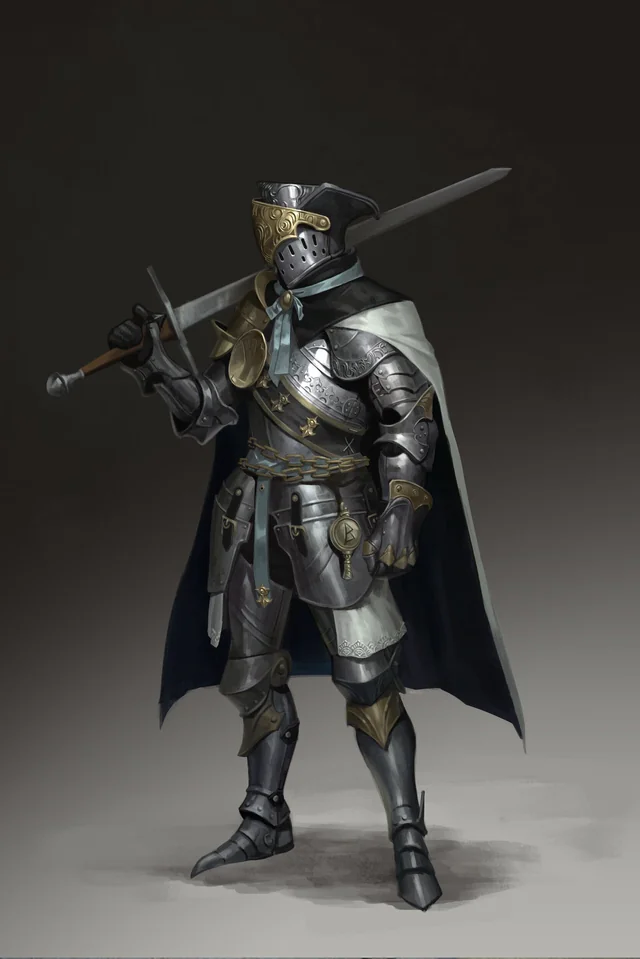
Scenario 4: “Inclusion Pioneers”
In a society stratified by class and hierarchy, our HR figures evolve into “Inclusion Pioneers,” challenging norms and fostering diversity. Adorned in the finest garments of empathy, they strive to create an environment where every employee, regardless of background, feels valued and included. In their quest for equality, they become champions of change in the refined halls of Victorian workplaces.
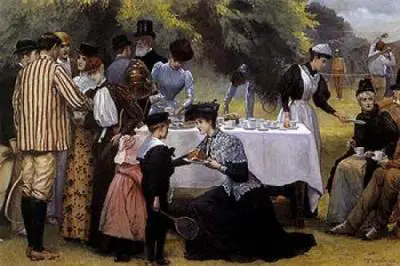
Scenario 5: “Morale Musketeers”
Bearing the plume of optimism and armed with morale-boosting initiatives, our HR professionals become “Morale Musketeers.” They organize grand social events, initiate recognition programs, and ensure that the workplace is a stage where each employee can shine. Through their charismatic leadership, these Musketeers turn the mundane into the extraordinary, transforming the workplace into a stage for joy and camaraderie.

Scenario 6: “Talent Trailblazers”
In a world hungry for skilled labor, our HR professionals morph into “Talent Trailblazers,” navigating the uncharted territories of recruitment and retention. With a strategic vision, they craft enticing job descriptions, implement retention programs, and enthrall the most skilled workers to become the backbone of the Victorian workforce.
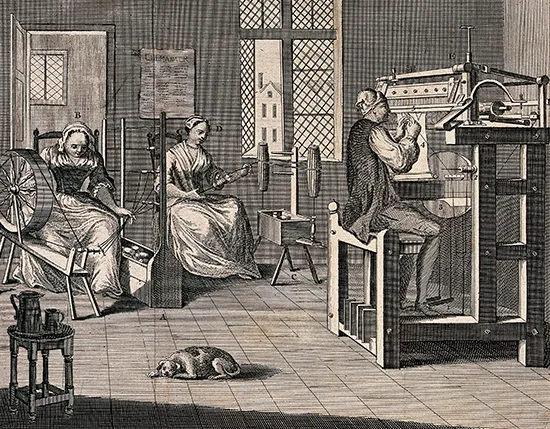
Conclusion:
In this whimsical journey through time, we have painted a portrait of Victorian HR professionals as virtuous figures, seamlessly blending into the intricate tapestry of the era. As we imagine the triumphs and challenges of HR in Queen Victoria’s time, we uncover the universal truths of effective employee management—timeless virtues that transcend the ages.
